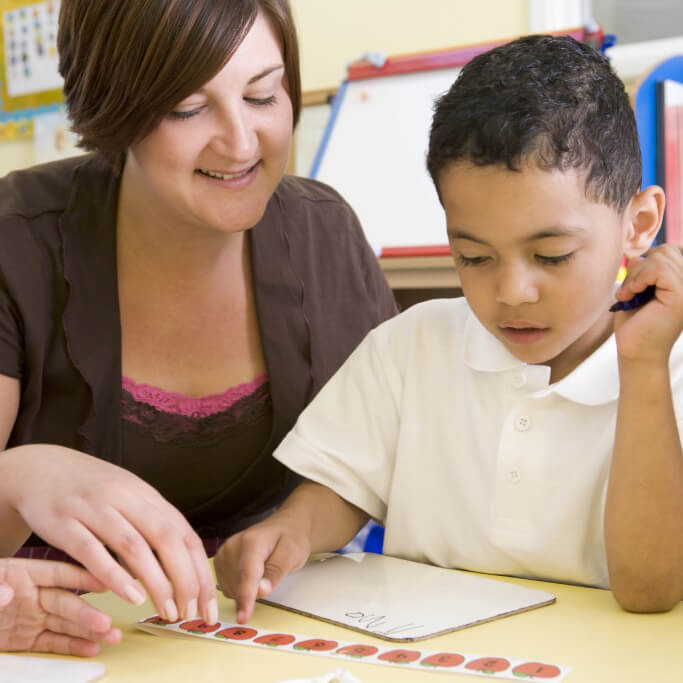8 Things to Do This Fall to Boost Your Child’s Development

Fall is finally here! It’s a busy season for many families, but the last few months before winter sets in are packed with lots of chances to connect with your kids and have fun together. Whether you plan special family vacations or fill your autumn days with close-to-home activities, it’s often the simple things you do with your children that make the best memories (and teach them important new skills). Here are 8 things to do with your child this fall—to bond with them and boost their development at the same time.
With the tips in this article—and your own creative ideas—you can transform any day into a learning experience as rich and varied as the colors of the autumn leaves. The kids will be having so much fun, they’ll never guess you’re teaching them new skills they’ll use forever. Whatever activities you choose to do with your child this fall, enjoy exploring, discovering, and learning together!
The activities suggested in this post were adapted from the ASQ-3 Learning Activities and the ASQ:SE-2 Learning Activities.
©2019 Brookes Publishing Co. All rights reserved. To republish this article for free, contact us.



 When the excitement of summer is over and older siblings have gone off to school, younger kids will love to have their own daytime jobs that make them feel important and needed. To boost their confidence and help strengthen their social and motor skills, select age-appropriate jobs for them. Toddlers can take on table-wiping duty and help you sweep up the floor, while older children can prepare their own snack, fold laundry, and set the table for dinner. Children who especially enjoy having jobs might also like to have a pretend office in a corner of your home where they can make calls with a toy phone, write letters and “send” them in envelopes, and type important emails with an old keyboard.
When the excitement of summer is over and older siblings have gone off to school, younger kids will love to have their own daytime jobs that make them feel important and needed. To boost their confidence and help strengthen their social and motor skills, select age-appropriate jobs for them. Toddlers can take on table-wiping duty and help you sweep up the floor, while older children can prepare their own snack, fold laundry, and set the table for dinner. Children who especially enjoy having jobs might also like to have a pretend office in a corner of your home where they can make calls with a toy phone, write letters and “send” them in envelopes, and type important emails with an old keyboard. This fall, plan at least one special trip to a place that’s brand-new for your child. Your outing doesn’t have to be fancy or expensive—there are lots of places you can explore for free or for a small fee. Attend a community harvest festival, go apple-picking together, spend a beautiful day enjoying a new hiking trail or park, or attend an event at a library you’ve never been to before.
This fall, plan at least one special trip to a place that’s brand-new for your child. Your outing doesn’t have to be fancy or expensive—there are lots of places you can explore for free or for a small fee. Attend a community harvest festival, go apple-picking together, spend a beautiful day enjoying a new hiking trail or park, or attend an event at a library you’ve never been to before. Family dinners are a great way to help your kids develop social-emotional and communication skills. This fall, whenever you can, gather the whole family around the table for dinnertime and let each family member take turns talking about their day at work, at school, or in the community. Avoid asking questions with “yes” or “no” answers; instead, ask each person at the table open-ended questions: “What was the best thing that happened today?” “What made you laugh today?”
Family dinners are a great way to help your kids develop social-emotional and communication skills. This fall, whenever you can, gather the whole family around the table for dinnertime and let each family member take turns talking about their day at work, at school, or in the community. Avoid asking questions with “yes” or “no” answers; instead, ask each person at the table open-ended questions: “What was the best thing that happened today?” “What made you laugh today?”
